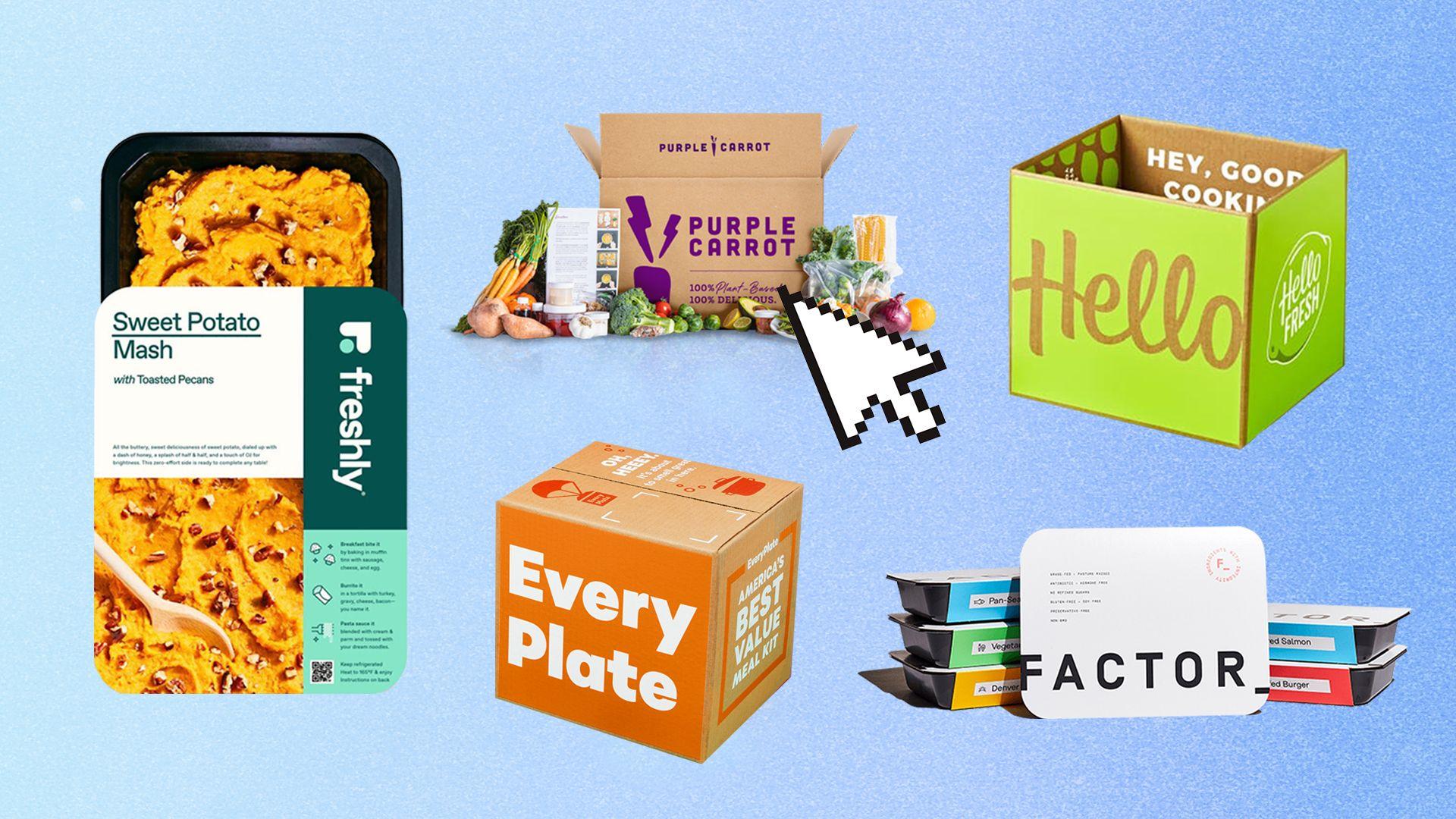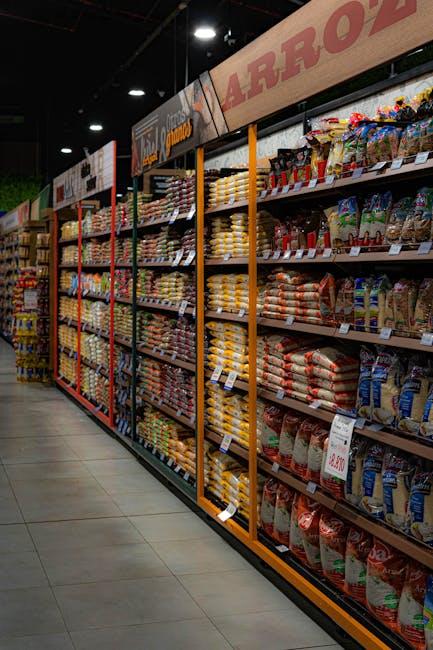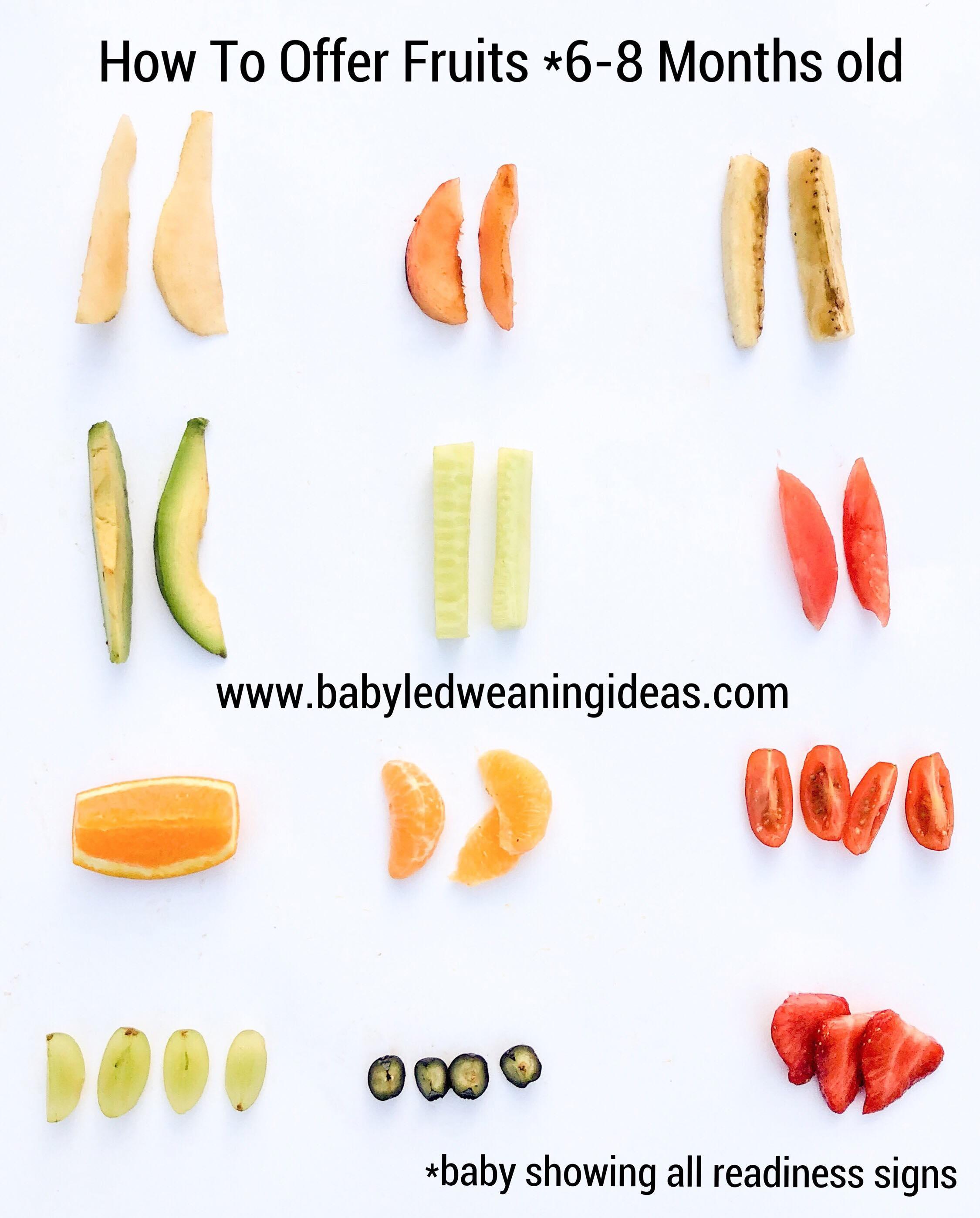The journey into parenthood is filled with countless milestones, not least of which is introducing solid foods to your little one.As parents navigate this uncharted territory, the practice of baby-led weaning is gaining traction, transforming mealtimes into a delightful adventure of taste and texture.But, with busy schedules and the myriad of options available, many families are turning to baby-led weaning meal kits as an enticing solution. These kits promise not only convenience but also nutrition tailored for growing appetites. In this article, we will delve into the world of baby-led weaning meal kits, examining their nutritional value, ease of use, and whether they truly deliver on the promises made to busy parents eager to provide the best for their children.Join us as we explore whether these pre-packaged solutions are a worthy addition to your family’s dining table or just another trend in the ever-evolving landscape of child nutrition.
Evaluating Nutritional Benefits of Baby-Led Weaning Meal Kits
Baby-led weaning meal kits have surged in popularity among parents looking for a convenient way to introduce solid foods to their infants. These kits typically offer a variety of fresh, whole foods designed to align with a baby’s developmental needs and encourage self-feeding. Key nutritional benefits frequently enough found in these meal kits include:
- Diverse food options: Meals that incorporate fruits,vegetables,whole grains,and proteins to provide essential vitamins and minerals.
- Accessible planning: Pre-cut and ready-to-eat elements that allow for quick assembly while maintaining nutritional integrity.
- Controlled portion sizes: Serving suggestions that cater to baby’s appetite while promoting healthy eating habits.
Many meal kits also highlight crucial dietary considerations such as allergen management and variations for different dietary needs. To give a clearer picture, here’s a sample breakdown of nutritional elements found in a typical baby-led weaning meal kit:
| Food Item | Nutritional Highlights |
|---|---|
| Avocado | Rich in healthy fats, fiber, and potassium |
| Sweet Potato | High in vitamins A and C, fiber and antioxidants |
| Chicken | Loaded with protein, iron, and B vitamins |
This table illustrates some examples of nutrient-dense foods that can be part of a baby-friendly meal kit. Ultimately, it’s important for parents to assess the quality and variety of ingredients to ensure their child receives a balanced diet through the exciting journey of self-feeding.

Convenience Factor: How Meal Kits Simplify Feeding Time
In an era where parents juggle multiple responsibilities, meal kits tailored for baby-led weaning present an attractive solution to simplify feeding time. These kits eliminate the guesswork associated with meal preparation, providing all the necessary ingredients in precise portions. This not only saves time but also ensures that parents can expose their little ones to a variety of textures and flavors without the stress of planning. Additionally, the convenience of delivery services means that fresh ingredients are brought directly to your doorstep, keeping families out of crowded grocery stores and saving valuable time for bonding and exploration.
Meal kits often come with easy-to-follow recipes that guide caregivers step-by-step, allowing both parents and babies to enjoy the experience of cooking together. This hands-on approach not only fosters independence in little ones but also encourages healthy eating habits from an early age. The kits typically include:
- Pre-measured ingredients for easy preparation
- Variety of flavors to tantalize developing taste buds
- Nutritious options that meet dietary needs
With these advantages, it’s clear that meal kits can transform mealtime into a delightful and stress-free affair.

Ingredient Spotlight: Quality and Variety in Meal Kit Selections
When it comes to baby-led weaning meal kits, the quality of ingredients is paramount. Parents want to ensure that their little ones are receiving not just enough food, but also nutrient-dense options that promote healthy advancement. Many meal kits on the market today boast a variety of organic and locally sourced ingredients, ensuring that each meal is not only fresh but also tailored to the dietary needs of growing infants. You can expect to find selections that are free from artificial preservatives and chemicals,providing a safer choice for your baby’s first foods.
the variety in meal kit selections can be quite extraordinary, catering to different tastes and dietary preferences. Most providers include an array of ingredients that introduce unique flavors and textures to little ones, encouraging adventurous eating from an early age. Here are some key features to look for in the best meal kits:
- Seasonal Produce: Fresh fruits and vegetables that reflect what’s in season.
- Whole Grains: options like quinoa, brown rice, and oats.
- Protein Sources: Variety including chicken, fish, beans, and legumes.
- Herbs and Spices: Gentle introductions to flavors without overwhelming young palates.

Parental Feedback: Real-life Experiences with Baby-Led Weaning Meal Kits
Many parents have taken to social media to share their experiences with baby-led weaning meal kits, highlighting both the benefits and challenges they face. A common theme in their feedback is the convenience these kits provide, especially for busy families. Busy parents appreciate that the kits often include pre-portioned ingredients, saving time on meal prep. Additionally, they frequently mention the excitement their babies show when presented with colorful, varied foods, which has turned mealtime into an enjoyable experience. Some parents noted that their little ones have become more adventurous eaters, willing to try new flavors and textures without the pressure of traditional spoon-feeding.
despite the advantages,not every parent is fully sold on the meal kit approach. Kelsey, a mother of twins, expressed her concern about the price point of these kits, finding that they can strain a budget. Other parents have also noted that ingredient variety can sometimes feel limited, leading to repeated meals that challenge their little one’s enthusiasm. Furthermore,there are mixed reviews about how well babies adapt to certain textures,with some parents learning through trial and error which foods are safer and more suitable for their child’s developmental stage. The overall sentiment appears balanced; many appreciate the effort and thought behind the kits while acknowledging that they are not one-size-fits-all solutions.
Closing Remarks
navigating the world of baby-led weaning can feel overwhelming, but meal kits designed specifically for this approach offer a convenient solution for busy parents. as we’ve explored, these kits can provide a wealth of nutritional benefits, ensuring that little ones get the essential nutrients they need while also encouraging independence in their eating habits. Though, it’s essential to examine each option critically—read labels, assess the variety, and consider your baby’s individual preferences and dietary needs. Ultimately, the best choice will align with your family’s lifestyle and values. As the journey of introducing solids unfolds, may these meal kits serve as a helpful ally, fostering both nourishment and exploration for your little one at the family table.Happy feeding!


